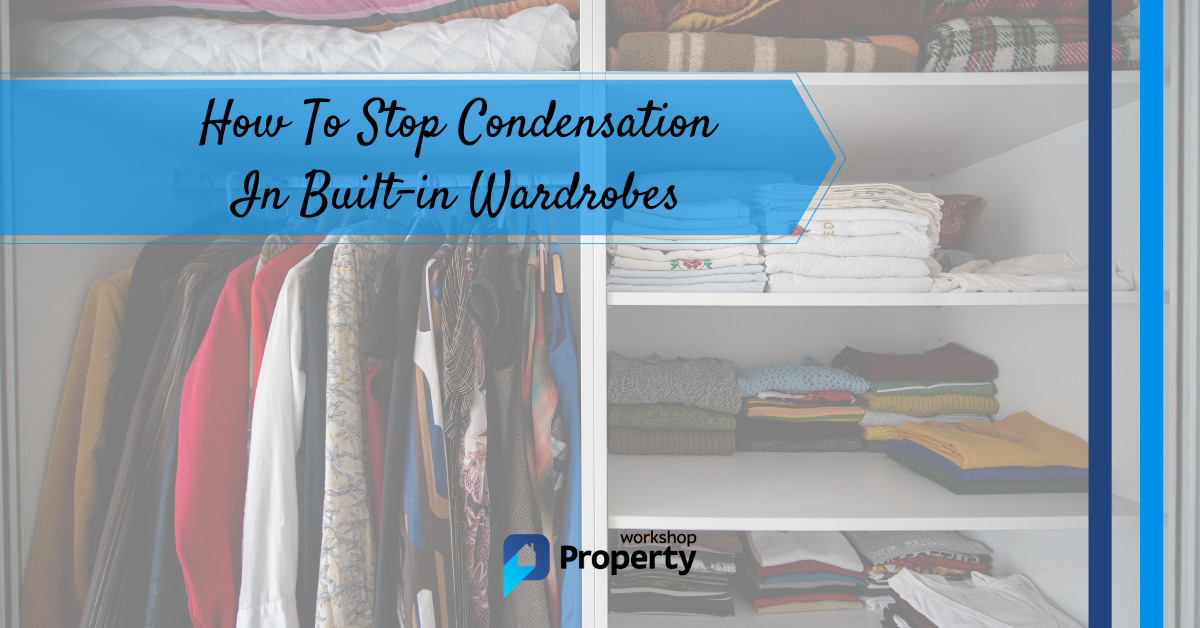If you’ve ever taken something out of a cupboard or wardrobe and noticed a slight clamminess, you’ve encountered the unwelcome phenomenon of condensation.
Synonymous with windows, damp and clammy air can cause significant issues in wardrobes, though these problems may not immediately be apparent.
This guide explains how to stop condensation in built-in wardrobes so you can preserve and protect your clothing while ensuring your home isn’t creating a breeding ground for mould.
What is Condensation?
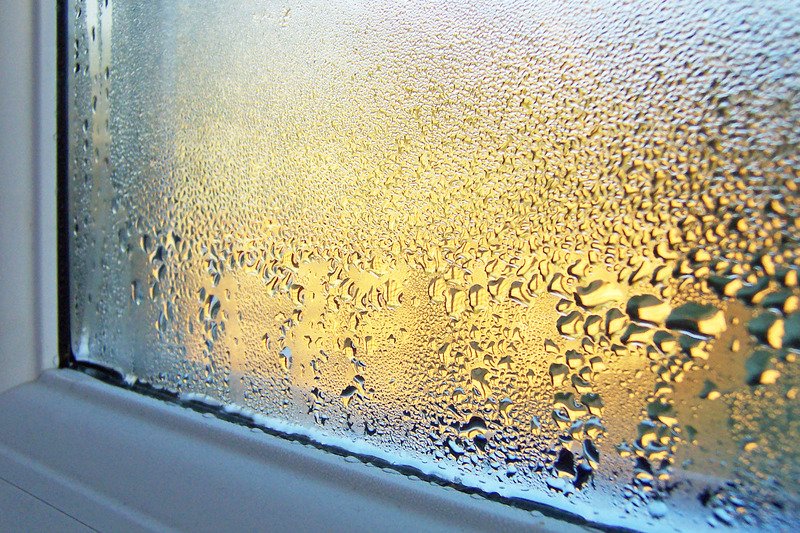
You can think of condensation as indoor rain.
Warm air absorbs as much water as possible but reduces air temperature when it comes into contact with a colder surface. At this point, the air can no longer retain the water and emerges as beads of condensation on the colder surface.
Condensation has many origins, from cooking and showering to unlagged cold water pipes running down the inside of an internal or poorly insulated external wall. Indeed, it’s rarely attributable to a single factor.
Left untreated, it can lead to damp problems and damage your wardrobe’s contents.
Tackling one cause in isolation without addressing the others can make stopping condensation in built-in wardrobes even harder.
They’re particularly prone to damp when fitted to external walls since they effectively have to equalise air temperature between a warm room and the cold air outside the property.
This step-by-step guide helps you tackle the problem at the source rather than resorting to retrospective treatment like dehumidifiers.
How To Stop Condensation in Built-in Wardrobes
The steps below should rid your home of unwanted condensation in your built-in wardrobes.

Total Time: 1 day
1. Identify Sources of Condensation
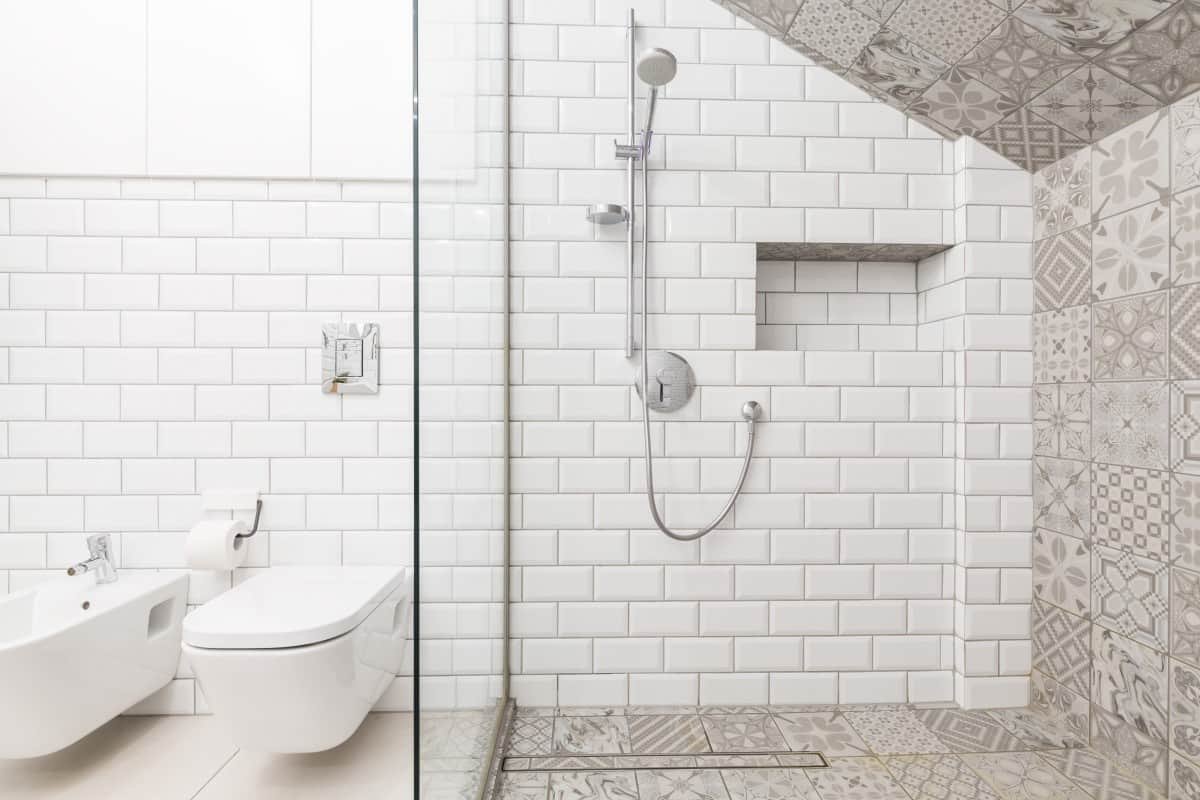
As mentioned above, there’s unlikely to be a single cause.
For example, your wardrobe may share a wall with your bathroom, where people routinely have long showers.
Alternatively, an unlagged cold water pipe might be running behind it, creating unequal temperatures.
Pro Tip: You may need to experiment before establishing the causes of condensation, temporarily relocating clothes or leaving doors open. It might be worth buying cheap freestanding hanging rails to keep clothes crease-free during this period or investing in flat-pack wardrobe moving boxes.
2. Improve Insulation
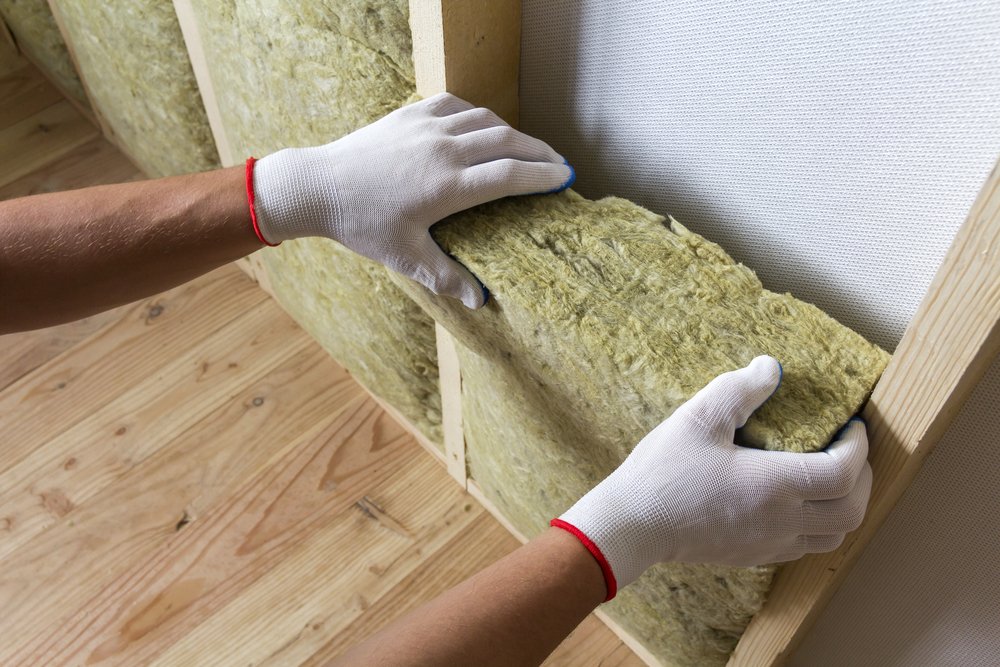
Since inadequate insulation often causes condensation, this is crucial to resolve.
You might need to break through a plasterboard wall and insulate a pipe or fit a double wall along the back with additional insulation sandwiched between the layers. This YouTube video explains how to add insulation to a wardrobe.
3. Add Extra Ventilation
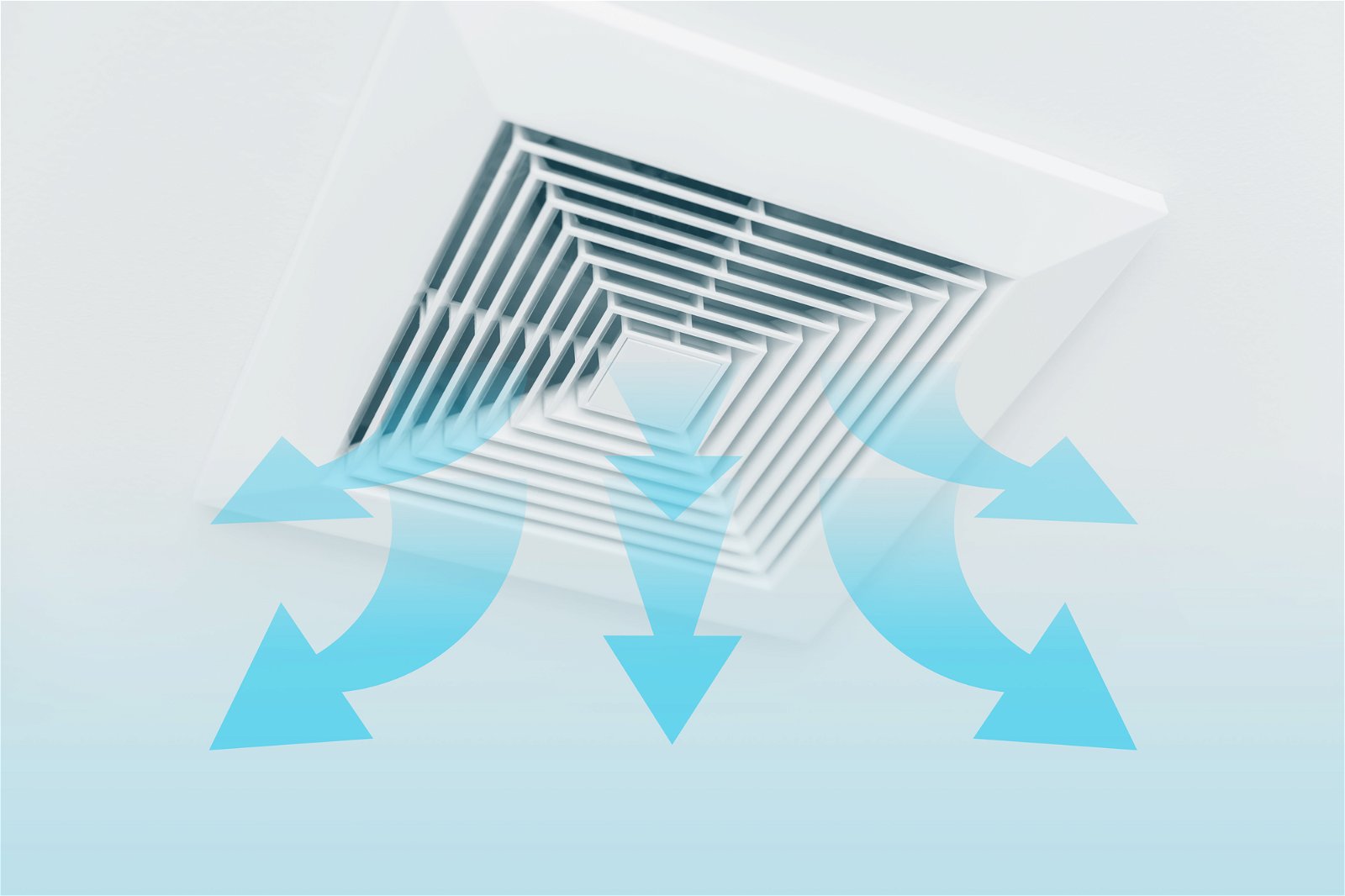
If your wardrobe has an exposed side, install air vents, as shown in the two images in this forum thread. Ideally, you should install these vents at the top and bottom so that air can flow in and out.
If the wardrobe is fully recessed with only its doors visible, you can install vents as shown here.
It’s important to remember that compromises to your overall aesthetic are a small sacrifice for allowing regular airflow to circulate at all times.
4. Repaint Formerly Damp Surfaces

Since condensation usually builds up at the back of a wardrobe, applying anti-mould/condensation paint helps minimise the recurring issue risk.
Some of the best anti-mould paints require only one coat and may act as a stain-blocker for restoring little-seen but water-damaged plasterboard.
Pro Tip: If you want to redecorate once you’ve eliminated all causes of condensation, our guide to treating damp walls before painting may be valuable.
Supply:
- Insulation
- Air vents
- Anti-mould/condensation paint
Tools:
- Combi Drill
- Hammer
- Paint brushes
- Screwdriver set
Materials: Plasterboard
Other Tips on How to Stop Condensation in Built-in Wardrobes
As well as following the tips above, these extra tips will help minimise damp and condensation:
- Never hang up clothes until they’re completely dry. Wardrobe doors tend to fit snugly, meaning moisture has nowhere to escape and will gather on the coldest surface.
- Routinely leave a door open. Doing this allows air to flow in and out of the room.
- Take the doors off entirely. This look is popular in designer apartments, especially if you have stylish or colourful clothing collections, though we don’t recommend it if you have cats!
- Avoid generating steam without venting it. Run extractor fans in the kitchen and bathrooms when boiling water or showering.
- Take care when ironing. Using a mesh ironing board means clothes are less damp as you hang them up. Always leave a window wide open while ironing to dispel steam.
- Let in the fresh air. Whether you open trickle vents or secure the window on its secondary locking point, airflow helps to disperse condensation and equalise air temperature.
Final Thoughts
To stop condensation in built-in wardrobes, you need a whole-home approach to minimising steam and moisture while maximising airflow.
If investigations reveal an unlagged water pipe, you can’t assume that’s the only issue. Equally, minimising the presence of steam and condensation around the home is crucial. So open windows and use extractor fans routinely.
It may take trial and error, but you can permanently eliminate condensation in wardrobes.
Technology can also play a role in reducing whole-house condensation. A tumble dryer reduces the need to dry laundry over radiators or on clothes horses, a leading cause of humid air.
Finally, air conditioning units or dehumidifiers might be worthwhile purchases if your home is thin-walled, like a prefab or Dorran construction.
For more information on damp, check out our damp proofing cost guide.

